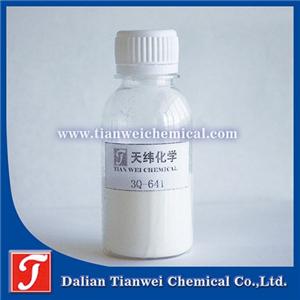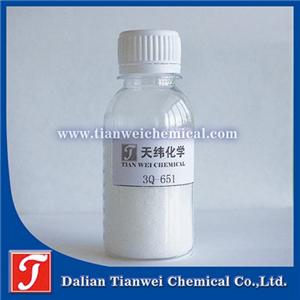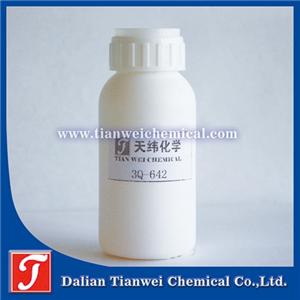What are the functions of using antibacterial agents on the handles of crutches
The handle of the cane uses antibacterial agents, whose main function is to enhance the hygiene performance and user experience of the product by inhibiting or killing surface microorganisms, while also extending its service life. The following are the specific functions and analyses:
1. Inhibit the growth of bacteria and mold to ensure hygiene and safety
Mechanism of action: Antibacterial agents inhibit the growth and reproduction of bacteria, molds and other microorganisms by destroying the cell membranes of microorganisms, interfering with metabolic processes or releasing active components (such as silver ions and zinc ions).
Hygiene significance: The handle of a walking stick is in prolonged contact with the hand and is prone to absorbing sweat, sebum and other organic substances, thus becoming a breeding ground for microorganisms. Antibacterial agents can effectively reduce the adhesion of common pathogenic bacteria such as Staphylococcus aureus and Escherichia coli, lower the risk of cross-infection, and are especially suitable for people with weak immunity (such as the elderly and postoperative patients).
2. Prevent the generation of odors and enhance the comfort of use
The source of the odor: Microorganisms decompose proteins, fatty acids and other substances in sweat, which will produce odorous gases such as ammonia and hydrogen sulfide.
Antibacterial effect: By inhibiting the reproduction of microorganisms, antibacterial agents can reduce the generation of odorous substances, keep the handle clean and dry, and enhance the comfort of users during long-term use.
3. Extend the service life of the product and reduce maintenance costs
Material protection: Microbial growth may cause corrosion, discoloration or material degradation on the grip surface (such as plastic aging, rubber cracking).
Economic value: Antibacterial agents can slow down the material deterioration process, extend the service life of the cane handle, reduce the replacement frequency caused by hygiene issues, and lower the long-term usage cost.
4. Meet the demands of specific scenarios and enhance the competitiveness of products
In medical Settings such as hospitals and rehabilitation centers, antibacterial cane grips can reduce the risk of iatrogenic infections and meet the hygiene standards for medical equipment.
Public facilities: In public areas such as airports and stations, antibacterial grips can reduce cross-contamination caused by multiple people's contact and improve public health standards.
Market differentiation: The antibacterial function can be used as a selling point of the product to attract consumers with high hygiene requirements (such as people with obsessive-compulsive disorder about cleanliness and those with allergic constitutions).
5. Compatible with multiple materials and processes, it can be flexibly applied
Material compatibility: Antibacterial agents can be added to common handle materials such as plastics (like PP, PE), rubber, and silicone without affecting processing techniques such as injection molding and extrusion.
Long-lasting effect: Through chemical bonding or physical adsorption technology, antibacterial agents can achieve long-lasting antibacterial effects, eliminating the need for frequent cleaning or replacement.
6. Comply with environmental protection and safety standards to ensure user health
Safety: Modern antibacterial agents (such as nano zinc oxide and organosilicon quaternary ammonium salts) must pass toxicity tests to ensure they are non-irritating and non-allergenic to the skin.
Environmental friendliness: Complies with environmental regulations such as RoHS and REACH, and avoids the use of heavy metals (such as mercury and arsenic) or harmful chemicals.
Practical application cases
Medical crutches: Handles with silver ion antibacterial agents added, used for postoperative patient rehabilitation to reduce the risk of wound infection.
Public walking sticks: In tourist attractions, nursing homes and other places, nano-zinc oxide antibacterial grips are adopted to reduce hygiene risks after multiple people use them.
High-end consumer goods: By integrating antibacterial and anti-slip functions, they enhance the added value of products and meet the demands of the high-end market for health and quality.




